THE STRATEGIST: Norris reckons he could have won in Qatar with a better grid slot – but is he right?
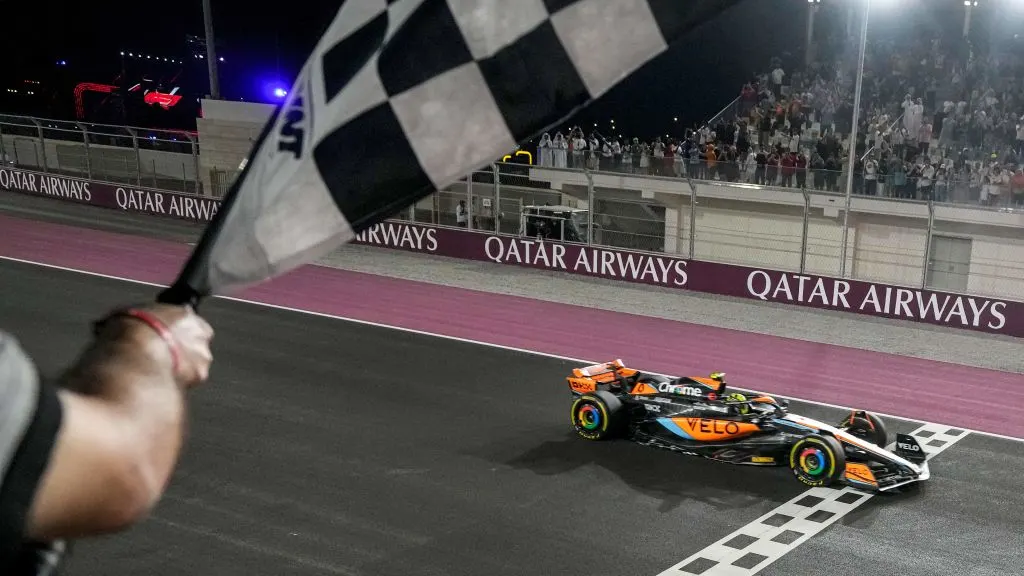
McLaren finished the Qatar Grand Prix with a second double podium of the year, with Oscar Piastri and team mate Lando Norris P2 and P3 respectively behind winner Max Verstappen.
It was a great result, but after the race Norris suggested the win would have been possible had he had a better qualifying and therefore better starting position. “The pace was good enough to win today,” he said. “We had the pace to probably be on top if I didn’t do the mistakes I made earlier in the weekend [in qualifying].”
Next Up
Related Articles
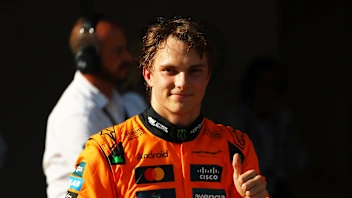 Piastri reveals lessons that will ‘only make me stronger’
Piastri reveals lessons that will ‘only make me stronger’ Norris collects World Championship trophy at FIA Awards
Norris collects World Championship trophy at FIA Awards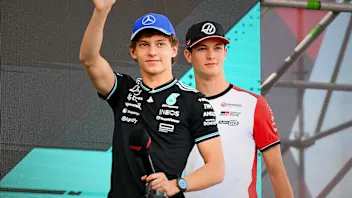 JacquesHow did the rookies do in their first F1 season?
JacquesHow did the rookies do in their first F1 season? Verstappen confirms new number for 2026 season
Verstappen confirms new number for 2026 season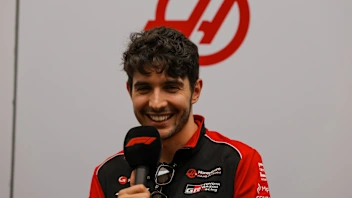 Getting to know the real Esteban Ocon
Getting to know the real Esteban Ocon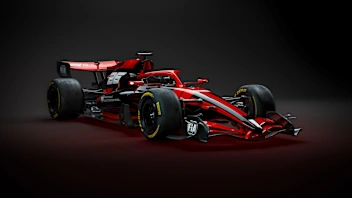 GALLERY: Check out renders of the innovative 2026 car
GALLERY: Check out renders of the innovative 2026 car
